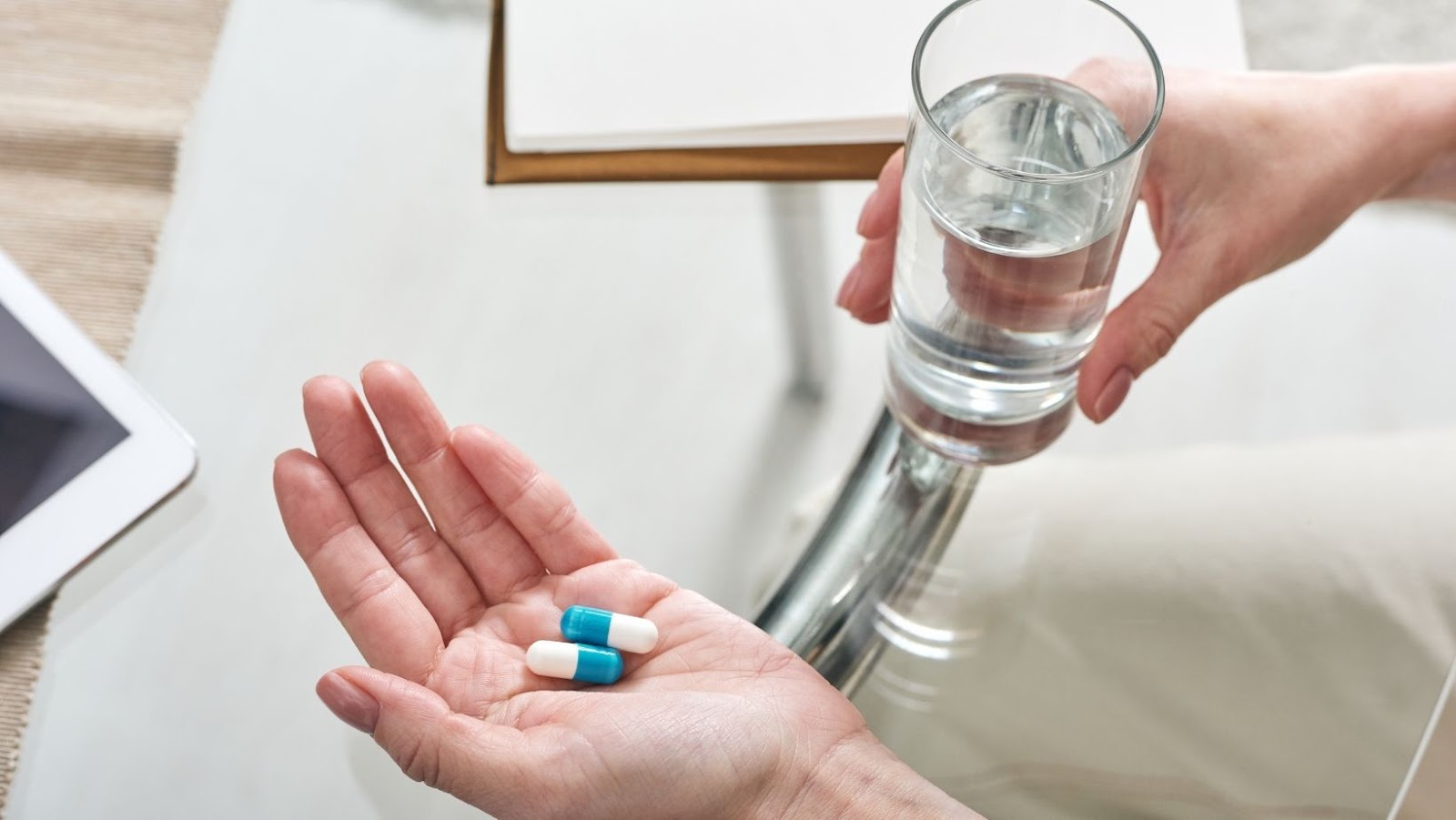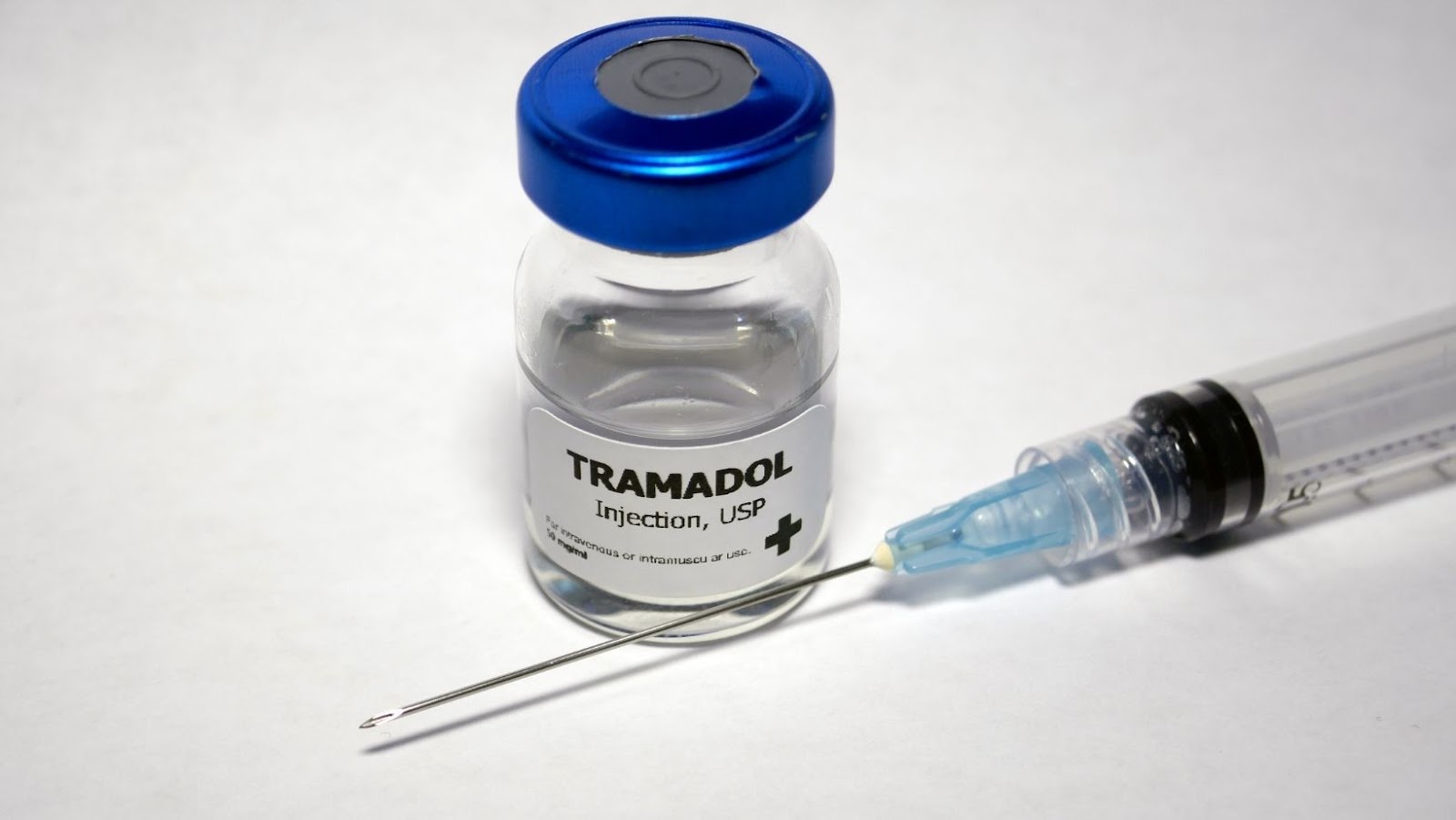
Tramadol and Tylenol are two pain medications that can be taken together to provide relief from moderate to severe pain. When combined, the two drugs can be effective for managing chronic pain, relieving muscle pain, and even reducing fever and other symptoms of the common cold. Taking these two medications together also allows for increased efficacy and reduced side effects.
How much tylenol can you take with tramadol 50mg
Tramadol (brand names Ultram, Ultracet) is a prescription narcotic-like analgesic, or pain reliever. It is used as an alternative to opioid drugs, as it has a less pronounced effect on the nervous system, yet still delivers effective pain relief.
Tylenol (acetaminophen) is an over-the-counter drug commonly used to reduce fever and relieve mild to moderate pain from conditions such as headache and muscle aches.
When combined together in one medication, Tramadol and Tylenol work synergistically to deliver superior pain relief than either drug can provide on its own.
When taken in their prescribed dosages together, the analgesic effect of both medications can be greater while exhibiting fewer side effects, such as nausea and drowsiness. The typical adult dosage of Tramadol/Tylenol is between 25 and 50 mg of Tramadol combined with 325 – 650 mg of Tylenol per tablet. In general, how much Tylenol should be taken with tramadol 50mg tablets depends upon individual body weight and other factors set by your healthcare provider. Your doctor should have adjusted both the type and dosage based on your age and other medical factors for simplified usage by patients.
Benefits of Taking Tramadol and Tylenol Together
Taking Tramadol and Tylenol together is a common practice for pain relief. It is safe to take the two medications together, as long as you follow your doctor’s instructions and take the recommended amounts. Taking Tramadol and Tylenol together can provide long-term relief from moderate to severe pain, and can also help to reduce inflammation.
In this article, we will discuss the benefits of taking Tramadol and Tylenol together, as well as the important safety considerations to keep in mind
Improved Pain Relief
When taken together, tramadol and Tylenol can provide enhanced pain relief due to their unique mechanisms of action. Tramadol is an opioid analgesic that works by targeting chemical messengers in the central nervous system to decrease how pain is felt in the body. Tylenol, or acetaminophen, is a less potent analgesic that works by blocking pain signals from the brain, reducing inflammation and relieving discomfort.
It is important to note that while tramadol and Tylenol combined may provide improved pain control over taking either drug on its own, this practice should only be done under the approval of a healthcare provider who understands each individual’s medical history, risk factors and specific goals for treatment. Taking more than the recommended dose of either drug can lead to accidental overdose and serious health complications.
It’s especially important for those using other medications concomitantly with tramadol and Tylenol to talk with their doctor about potential drug interactions and side effects prior to using these drugs in combination. Ultimately, when used safely as prescribed and under the direction of a physician, tramadol/Tylenol combination therapy may provide beneficial relief from acute or chronic pain without causing significant harm or disruption of daily activities.
Reduced Side Effects
For those suffering from chronic pain or acute pain, taking the medications Tramadol and Tylenol together can help reduce their side effects. Tramadol is a narcotic-like pain reliever, and Tylenol is an analgesic commonly used for aches and pains. When taken together, these medications can both provide pain relief at lower doses than when taken alone.
Studies have shown that taking Tramadol and Tylenol can reduce the risk of some of the common side effects associated with higher doses of either drug when taken alone. Additional benefits include reduced stomach upset, improved drowsiness and cognitive side effects, such as impaired judgement. For many patients, taking the two medications together lowers their risk of addiction to either drug while still providing effective relief.
Generally speaking the safest dosage is to take 50mg of tramadol combined with 500mg of acetaminophen (Tylenol) every 6 hours when needed for pain relief. Many doctors will caution against higher dosages due to greater risk for toxicity and/or overdose symptoms; however it is important to note that dosages should only be adjusted in consultation with your doctor based on your individual needs. As always, read medication labels carefully for dosing instructions and consult your doctor before increasing or altering your medication dosage in any way.
Easier to Manage Dosage
One of the greatest benefits associated with taking both tramadol and Tylenol together is that it is easier to manage the dosage. Depending on your individual needs, your dosage may include anywhere from 50mg to 400mg of tramadol and 325mg to 1000mg of Tylenol. When taken together, they can create an effective combination that provides fast-acting pain relief without the need for multiple medications.
Because both medications work differently to provide relief, combining them can offer more comprehensive coverage as both work on different pain receptors in the body for optimal effectiveness. Studies have also found that when taken together, tramadol and Tylenol minimise unpleasant side effects from either drug taken alone such as stomach upset or drowsiness.
The exact dosages will depend on a person’s medical history and condition so it is important to discuss this with a doctor first before taking any medications. It is also important to note that even taking lower doses than recommended on the label still carries risks and should be done with caution. However, when taken properly by following doctor’s orders, combining tramadol and Tylenol can help improve quality of life while managing pain effectively and comfortably.
How Much Tylenol Can You Take with Tramadol 50mg
Taking both Tramadol and Tylenol together can have some beneficial effects, especially if you are in pain. Tramadol 50mg is the standard dose for treating chronic pain, and adding Tylenol can help increase the effectiveness of the medication.
But how much Tylenol can you safely take with Tramadol 50mg? In this article, we’ll look at the recommended amount of Tylenol you can take with Tramadol 50mg and its benefits.
Recommended Dosage
It is important to understand the recommended dosage of Tylenol when taking Tramadol 50mg. Every individual should follow the directions listed on their prescription label or consult a healthcare professional for directions about taking both medications. Generally, it is advised that one not exceed 4,000 mg (4 grams) of Tylenol in a 24 hour period when taking Tramadol 50mg. Furthermore, it is advisable to divide this amount over several doses in order to reduce the risk of an overdose and potential side effects, such as nausea or stomach upset.
When considering the risks associated with taking both medications together and finding appropriate dosages that work for you, please keep the following information in mind:
- Tramadol can increase the effects of Tylenol if taken together
- Tramadol and Tylenol both interact with other medications, therefore it’s important to tell your doctor about any additional medication that you may be taking
- Tramadol and Tylenol can produce drowsiness or dizziness; it’s best to avoid operating motor vehicles or hazardous equipment while using either drug
- The appropriately combined use of Tramadol 50mg and Tylenol may provide a patient with pain relief greater than either drug taken alone
- Always speak with your healthcare provider before making any changes in your medication regimen
Potential Side Effects
It is important to keep in mind that any medication can have potential side effects. Taking tramadol and Tylenol together can increase the risk of developing complications. Common side effects of combining these two drugs include, but are not limited to:
- Drowsiness
- Confusion
- Constipation
- Dizziness
- Upset stomach
- Liver inflammation
Speak with your doctor if you experience any of these side effects or are concerned about taking both together.
Your doctor may decide that the benefits of taking both tramadol and Tylenol outweigh the risks; however, this will depend on the individual patient’s health history and medical condition. Additionally, caregivers should be aware that combining these drugs could result in an increased risk of overdose or other serious medical complications. It is important to follow your doctor’s instructions carefully when they tell you how much Tylenol can be taken with tramadol 50mg and whenever taking either drug alone or in combination with another medication.
Conclusion
Taking both Tramadol and Tylenol together is a safe and effective way to manage pain relief. Tramadol and Tylenol both have their own individual benefits, and if taken together can provide greater pain relief with fewer side effects.
The recommended dosage of Tylenol to take with Tramadol is 500mg every 4-6 hours, but this may vary depending on your individual needs and the advice of your doctor. Taking both medications together can be a great way to ensure you get the pain relief you need.
Summary of Benefits
Taking Tramadol and Tylenol together can provide a number of benefits. Both medications interact with the body in different ways and their combined effects can make them even more effective. The combination may be used as an analgesic, to enhance pain relief, reduce pain intensity, and reduce inflammation.
The recommended dose of Tylenol (Acetaminophen) to be taken with tramadol is 650 mg up to four times daily with a maximum daily dose not to exceed 3900 mg per day. Taking too much Tylenol in addition to tramadol may increase the risk of liver damage, so it’s important to talk to your doctor about whether or not this combination is right for you.
When taken correctly, taking Tramadol and Tylenol together can provide relief from acute pain caused by injuries or medical conditions. It should always be taken under the supervision of a doctor who can monitor your health as you take this medication and make any necessary adjustments as needed. If you experience any adverse side effects, you should contact your doctor immediately for further advice or treatment options.















